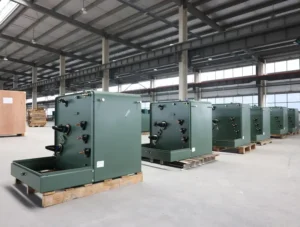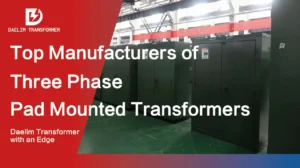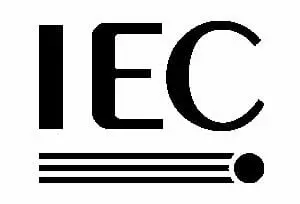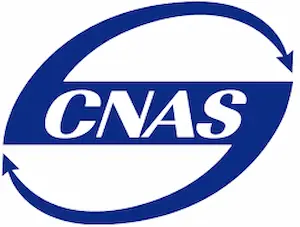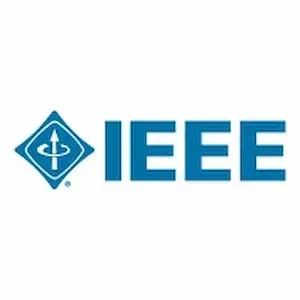What is the Earthing Transformer?
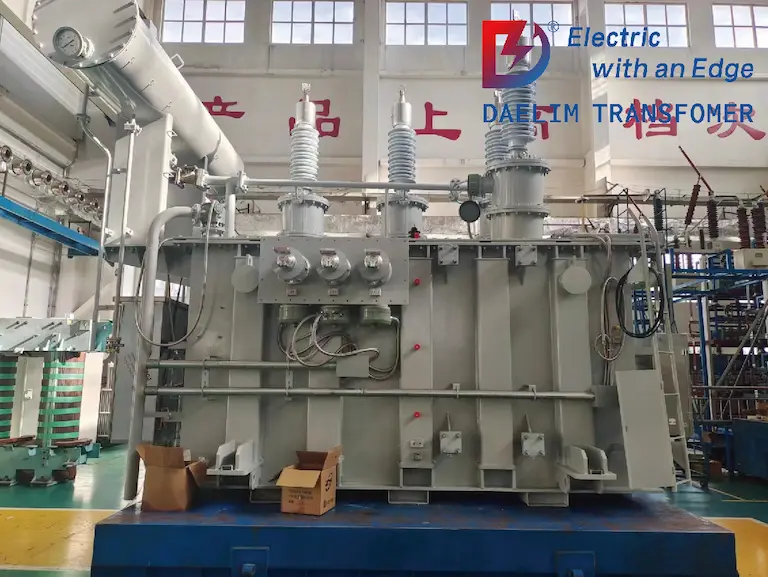
An earthing transformer, also known as a grounding transformer, is an essential component in power distribution systems, specifically designed to provide a neutral grounding path for ungrounded systems. This ensures safety and stability by preventing overvoltages and facilitating the operation of protective devices during ground faults. Earthing transformers are crucial in managing transient faults and maintaining system reliability.
Earthing transformers create a neutral point in electrical systems, particularly in three-phase systems without a direct neutral connection. They allow for the safe dissipation of fault currents and help in maintaining the voltage levels within safe limits during transient conditions. By providing a path to ground, they protect equipment and enhance system stability.
Small-substastion Transformer
Single Phase Pole Mounted Transformer
Oil Immersed Power Transformer
Table of Content
Types of Earthing Transformers
Zigzag Earthing Transformers: These transformers have a unique winding arrangement that provides a neutral point without altering the voltage levels of the primary system. They are highly efficient in handling unbalanced loads and reducing harmonics.
Wye-Delta Earthing Transformers: These transformers have primary windings connected in a wye configuration and secondary windings in a delta configuration. They are commonly used in distribution networks to provide grounding.
Applications of Earthing Transformers
- Power Distribution Systems: Ensuring safety and operational reliability in industrial and commercial power networks.
- Renewable Energy Systems: Grounding transformers are essential in wind farms and solar power installations to manage ground faults and ensure system protection.
- Substations: Providing grounding in substations to protect equipment and maintain operational integrity during faults.
Importance of Three Winding Power Transformers
Three winding power transformers are designed to handle the requirements of complex power distribution systems, offering flexibility and enhanced efficiency. They have three separate windings, typically used for different voltage levels, enabling them to connect three distinct electrical circuits. This capability is particularly useful in applications requiring multiple voltage transformations and interconnections between different parts of the power network.
Advantages of Three Winding Power Transformers
- Cost Efficiency: Reducing the need for multiple transformers and associated equipment.
- Space Saving: Minimizing the footprint required for installations.
- Enhanced Reliability: Providing improved fault management and system stability.
Implementing Earthing Transformers and Three Winding Power Transformers
For optimal performance and safety, it is crucial to correctly size and install earthing transformers and three winding power transformers. Professional guidance and adherence to industry standards are essential in ensuring these components function effectively within your power distribution system.
By understanding and implementing the principles of earthing transformers and three winding power transformers, you can enhance the reliability and efficiency of your power distribution network, ensuring safe and stable operations.
Get it now: Basic Guide To Oil Immersed Transformer

